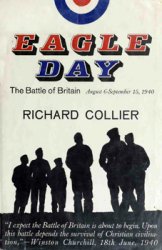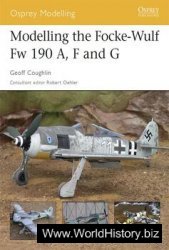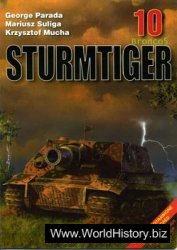Viking soldiers did not represent major nation-states like the Roman and Byzantine empires, so they did not wear official, standardized uniforms. However, most Vikings dressed in similar fashion, with variations based on family tradition, personal taste, or financial means. To protect the upper body, average warriors donned jerkins (tight jackets without sleeves or collars) made of quilted linen or leather, sometimes with small metal plates sewn into them.
Those who could afford it wore mail, sometimes called chain mail, which was more expensive to buy or make. It consisted of rows of iron rings or scales either riveted or sewn together to form a heavy protective shirt. Such shirts were sometimes called byrnies. Mail was both flexible and strong, but it was by
The well-trained, highly militaristic Vikings could strike almost anywhere without warning. Here, they swarm ashore at Tynemouth, in eastern England.

A modern reenactor shows off a Viking warrior's standard defensive gear, including helmet, chain mail, and shield.
No means foolproof, for while it could deflect a sword's or an arrow's glancing blow, it could not stop a vigorous direct thrust or puncture by such weapons.
To protect the head, Norse fighters wore helmets. However, it is largely a myth that they used double-horned helmets like those so often portrayed in Hollywood movies. Most Viking helmets were actually conical in shape, as explained by noted archaeologist James Graham-Campbell:
You may search among the contemporary illustrations of Viking warriors from Iceland to Sweden and almost all will be found to show men with pointed heads. A simple conical cap, most probably of leather . . . seems to have been the normal protection for the head of a Viking warrior. The most complete find of an iron helmet is from the grave of a tenth-century Norwegian Viking and consists of a simple rounded cap, made in several pieces, with a spectacle-like guard for the eyes and nose.32
Another important defensive device was the shield. Most commonly it was round and about 3 feet (1m) in diameter, with a large metal nub, or boss, protruding from the center of the front. Such a shield was constructed of wood and covered with a sheet of tough leather. Some evidence suggests that the warrior decorated it with designs of his own choosing. His boots were also fashioned of tough cowhide, or else sealskin. He wore a cape or cloak, fur-lined in the winter, that he pinned at one shoulder or, in some cases, one hip.




 World History
World History









